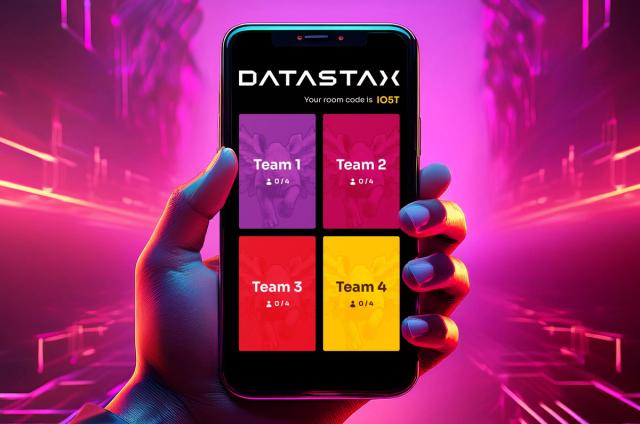Introduction to Machine Learning with Apache Cassandra® and Apache Spark™

Machine learning (ML) is rapidly changing the way organizations figure out the best path forward. Enterprises across all sectors are increasingly leveraging ML to accelerate decision-making and innovation, reduce liability and mitigate risks, and serve up better experiences to their uses.
First things first: a definition.
Machine learning is the process of feeding data into any number of algorithms—like decision trees, logistic regression, and linear regression—to make better decisions. It’s about giving computers the ability to learn without directly programming that knowledge into them.
While ML is still in its early stages, the technology is already being put to use in a number of different ways.
For example, organizations are using ML to forecast the future (e.g., prices, ratings, and the weather), detect aberrations (e.g., fraud, intrusions, and disease), for classification (e.g., face recognition, categorization, and spam detection), recommendation engines (e.g., Netflix), navigation, and more.
Using Cassandra and Spark for Machine Learning
Supporting machine learning initiatives requires the right underlying tech framework.
For starters, successful machine learning projects involve processing lots of data rapidly. And that starts with having the strong technologies in place—like Apache Cassandra®, the distributed, open source NoSQL database, and Apache Spark™, the distributed, open source analytics engine, which easily integrates with both Cassandra and DataStax Enterprise (DSE).
With Cassandra, you get access to a high-availability, high-performance database built with masterless architecture that’s capable of supporting high-velocity machine learning algorithms with no single point of failure. Data stored in Cassandra is automatically replicated across nodes in a cluster and across data centers. As a result, you’ll be able to access your data even in the event a node or an entire region gets knocked offline—giving you the peace of mind that comes with knowing your ML initiatives can move forward without a hitch.
What’s more, Cassandra also ships with predictable linear scalability. If two nodes are processing 40,000 transactions/second and 400 gigabytes of storage, four nodes can process 80,000 transactions/second and 800 gigabytes of storage.
At the same time, Spark is a very fast in-memory data-processing framework. It’s incredibly helpful when you’re dealing with large volumes of distributed data that’s stored in multiple applications in multiple formats, and you require streaming and batch capabilities.
Put together, Cassandra and Spark provide the robust infrastructure and functionality you need to unlock the promise of machine learning.
Cassandra and Spark: The Perfect Pair for Machine Learning
Of course, it’s a little more complicated than that.
If you’re interested in learning more about how organizations can use Cassandra and Spark to build effective machine learning algorithms and solutions, join DataStax Developer Advocate Aleks Volochnev for an on-demand webinar: Introduction to Machine Learning with Apache Cassandra® and Apache Spark™
You’ll learn about the basics of machine learning and why Cassandra and Spark are an ideal fit for it, and you’ll even write your own ML code using Python, Cassandra and Spark.




